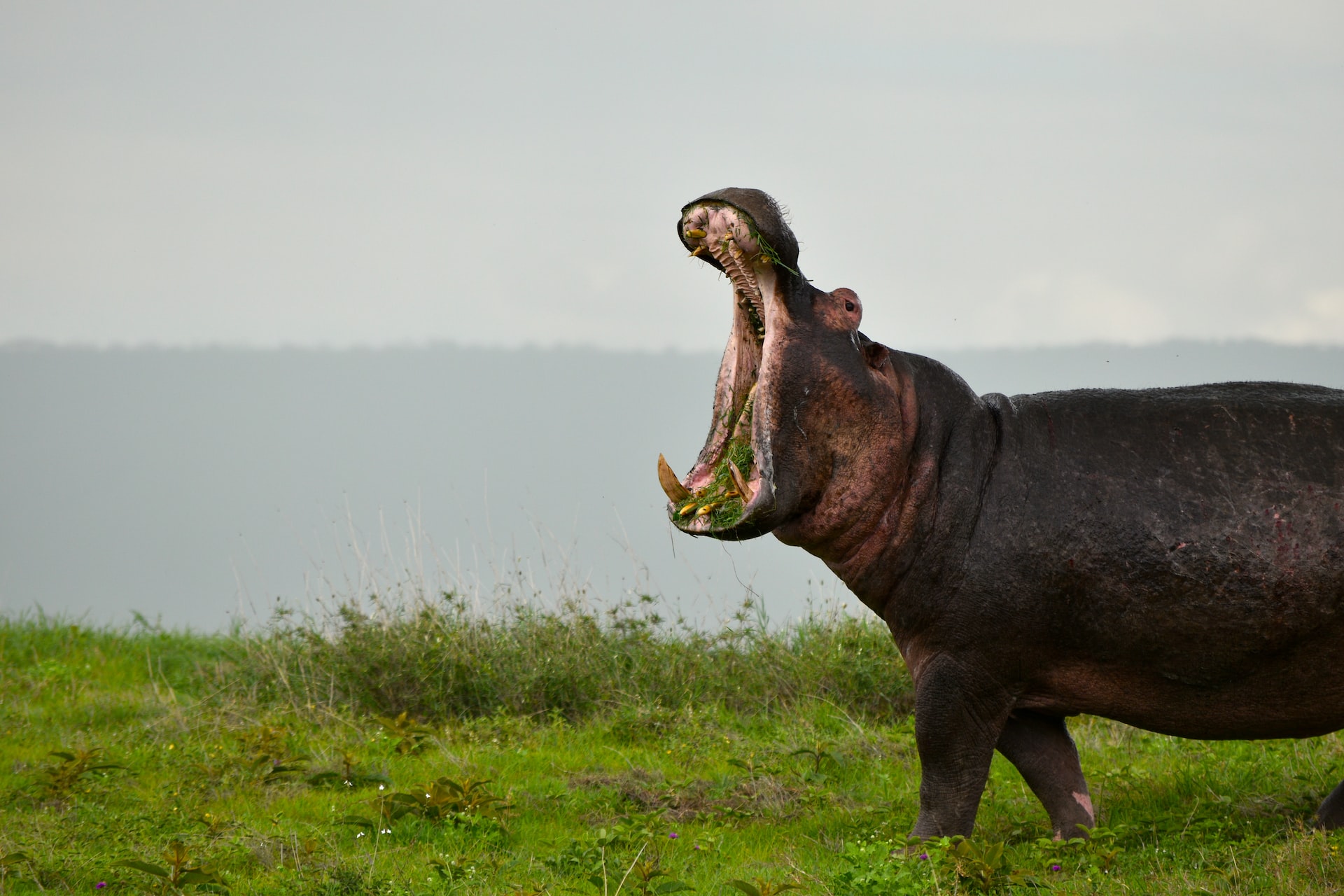From the Rivers to the Savannas: Everything You Need to Know About Hippopotamuses

Hippopotamuses, also known as hippos, are large, semi-aquatic mammals that are native to parts of Africa. They are known for their size, aggression, and distinctive appearance, which include their large bodies, short legs, and broad snouts.
Physical characteristics
Hippos are the third-largest land mammal in the world, after elephants and rhinoceroses. They can weigh up to 3 tons and measure up to 16 feet in length. Hippos have a distinctive appearance, with a large, barrel-shaped body, short legs, and a broad, triangular snout. They are covered in thick, gray-brown skin that is covered in small bumps and wart-like protuberances.
Behavior and ecology
Hippos are semi-aquatic animals and spend most of their time in rivers, lakes, and swamps. They are known for their aggression and can be dangerous to humans and other animals.
Hippos are herbivores and feed on a variety of plants, including grasses, fruits, and aquatic plants. They are also known for their territorial behavior and will defend their territory against intruders.
Reproduction and social structure
Hippos have a complex social structure and mating system. Males are responsible for protecting and providing for the group, while females do the majority of the caring for the young.
Hippos mate throughout the year and females give birth to a single calf after a gestation period of around 8 months. Calves are born in the water and are able to swim and walk within a few hours of birth.
Conservation and threats
Hippos are threatened by habitat loss, poaching, and conflicts with humans. They are protected by international law, and conservation efforts are underway to protect their remaining populations and help them recover.
Some of the threats facing hippos include habitat destruction due to logging, agriculture, and urbanization, as well as poaching for their meat, body parts, and ivory tusks.
And, finally.
Hippopotamuses are fascinating and important animals that play a vital role in many ecosystems. However, they are also threatened and face significant challenges to their survival.
Conservation efforts are important to protect these animals and help ensure their future. It is also important for humans to coexist with hippopotamuses in a way that minimizes conflict and promotes the long-term survival of these animals.









